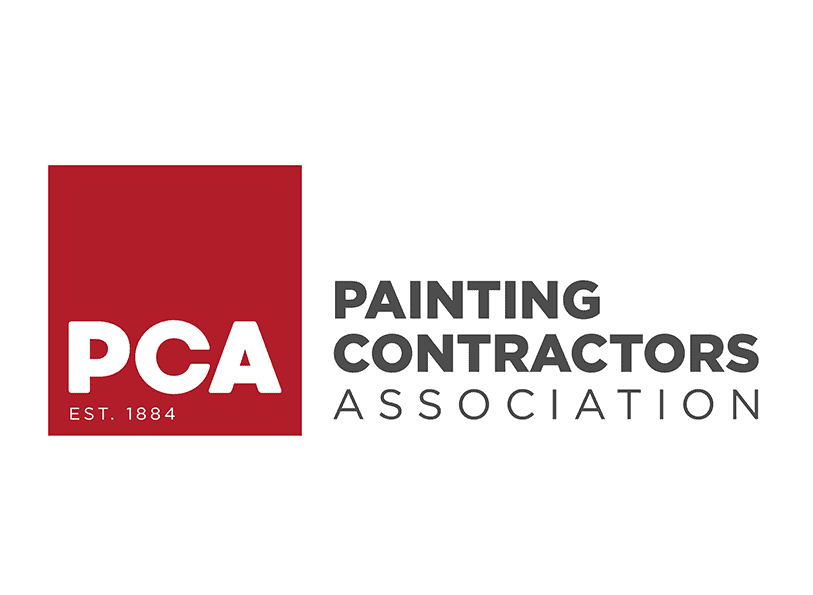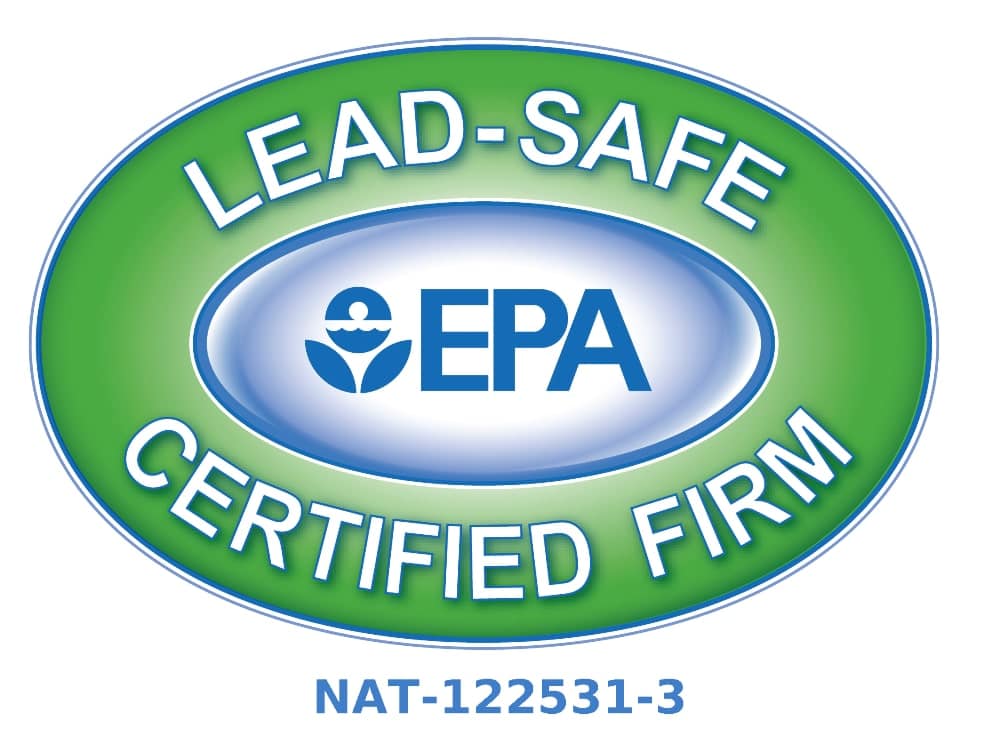05 Aug Little Picasso, Crayons, and Your Wall
Did your little Picasso use a wall in your home as their canvas? It’s not a rare event. (We mean the crayons, not that your child will turn out to be Picasso!) There are several easy methods using household items you can try before you resort to repainting.
Below are three methods to remove crayon marks using everyday household items that are also eco-friendly. While these are eco-friendly, not all paints react well with them. Be sure to test each product on a small, inconspicuous wall area first!
Vinegar
Vinegar is one of the most effective ways to remove crayon from painted walls. The vinegar acid helps break down the crayon’s wax and pigment. It’s also an eco-friendly and inexpensive item that’s safe for most (but not all) surfaces! We recommend testing the vinegar on a small, inconspicuous section of the wall before you use it on the stain. Vinegar doesn’t work well with all paints or finishes.
-
-
-
- Pour a little bit of undiluted white vinegar into a bowl.
- Dip a small brush or an old toothbrush in the vinegar, then gently scrub the stain. Increase the pressure if needed to remove the crayon.
- Once you’ve removed all of the crayon marks, wipe the wall with a clean, damp cloth.
-
-
Toothpaste
If vinegar doesn’t work, it’s worth trying another common household item: toothpaste. It’s also a non-toxic item. Please test it out first on a small, inconspicuous area.
-
-
-
- Squeeze onto your finger about an inch of toothpaste.
- Spread the toothpaste onto the crayon mark on the wall.
- After a few seconds, scrub the toothpaste with a small brush, old toothbrush, or a rag.
- Wipe the area with a soft, damp cloth.
- If there’s any crayon remaining, you can repeat these steps.
-
-
Baking Soda
Another common household item most people have on hand and is eco-friendly is baking soda. It can be effective at removing crayon marks on a wall.
-
-
-
- Sprinkle a little bit of baking soda into a small bowl.
- Scrub the baking soda onto the crayon mark using a damp rag. (The rag’s moisture will create a thick baking soda paste while you’re rubbing.)
- Use another clean, damp rag to remove the paste once the marks are off.
- Lastly, dry the area with a dry, clean rag.
-
-
Repaint
Unfortunately, you might have to consider repainting the wall if none of these items work. And that might be a good time to consider repainting the room, especially if you’re ready for a painting spruce-up! If you need some professional assistance, reach out to us. We’re always happy to help with your painting needs!
FAQ
1.
Encouraging your little artist to explore their creativity is important, but protecting your walls is equally essential. Set up a designated art space with large paper sheets or a chalkboard where they can draw freely. You can also use washable crayons, which are designed to come off surfaces more easily. For added protection, consider applying a clear, washable wall coating in areas where your child often plays.
2.
If your walls have become a canvas for your little Picasso, don’t panic. Start by gently wiping the marks with a damp cloth or sponge and a mild detergent. For stubborn crayon marks, a magic eraser or a paste of baking soda and water can work wonders. If the marks persist, you might need to repaint the affected area with a stain-blocking primer followed by a fresh coat of paint.
3.
When repainting walls in a home with young artists, opt for a durable, washable paint. Semi-gloss or satin finishes are ideal as they resist stains and can be wiped clean without losing their sheen. Look for paints labeled as “scrubbable” or “stain-resistant.” Additionally, consider using low-VOC or zero-VOC paints to ensure a safe environment for your child.
4.
Involving your child in home painting can be a fun way to redirect their creative energy. Assign them small, safe tasks like painting lower sections of a wall with a small brush or roller under supervision. Choose a non-toxic, child-friendly paint and let them pick a color for a small area, like an accent wall in their room. This not only fosters creativity but also teaches responsibility.
5.
The frequency of repainting depends on the level of wear and tear. In homes with active children, high-traffic areas like playrooms or hallways may need a touch-up every 1-2 years. Using high-quality, durable paint can extend this timeline. Regular cleaning and spot treatments can also help delay the need for a full repaint, keeping your walls looking fresh for longer.

Mike Katounas is the owner of Home Works Painting, a painting business in Northern Virginia. He has over 15 years of experience in residential interior and exterior painting, drywall installation/repair, carpentry, wallpaper removal, power washing, commercial painting, color consultation, and staining/sealing. Their service areas include Chantilly, Fairfax, Herndon, Oakton, Reston. Mike takes pride in his work, and he always follows a strict code of conduct that includes the use of quality paint, a clean workspace, and an honest, respectful approach to his customers.












Sorry, the comment form is closed at this time.